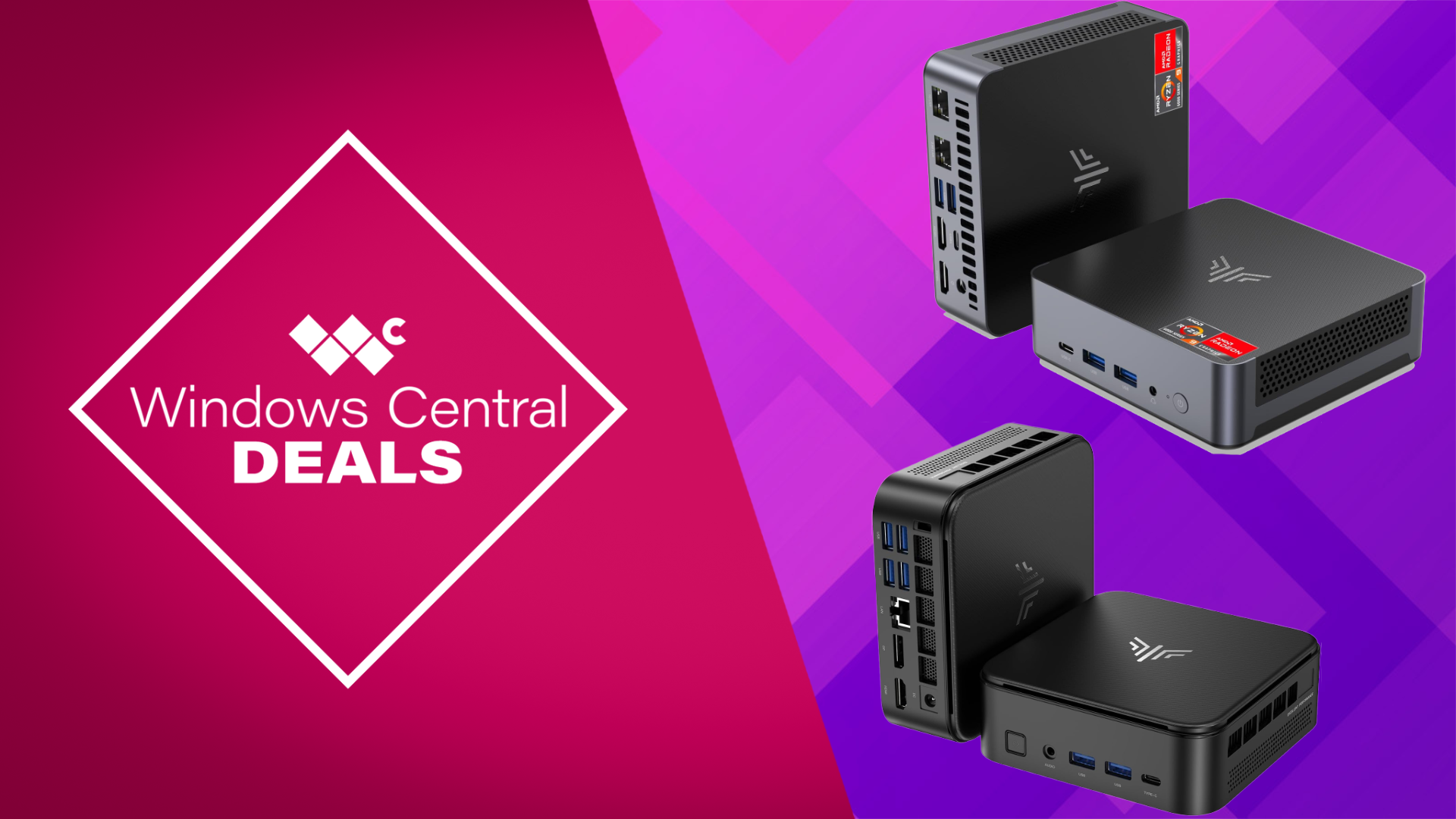Here is why Satya Nadella thinks Continuum is the defining feature of Windows 10 Mobile
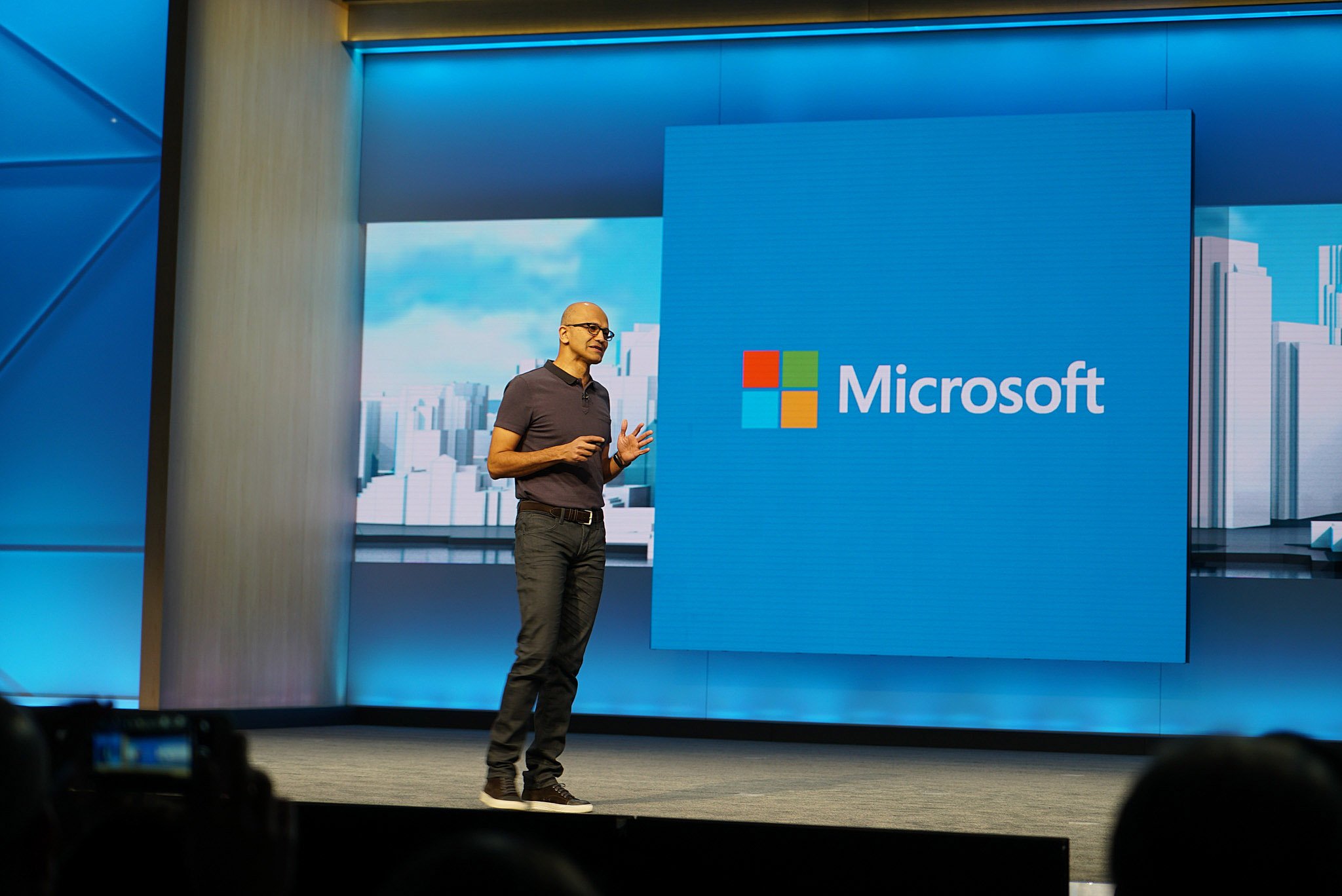
In a new interview with Business Insider Microsoft CEO Satya Nadella continues to push Continuum as the differentiator and future of mobile technology noting that Microsoft is no longer playing "with the other person's rules."
Business Insider's Matt Rosoff asks Nadella directly about the supposed lack of new Windows Mobile news at the recently concluded Build developer conference. Nadella points out, correctly, that there is no longer a separate Windows Mobile anymore as it is all just one Windows:
"First of all, I don't think of Windows for mobile differently than Windows for HoloLens or Windows for Xbox now. We have only one Windows. We don't have multiple Windows. They run across multiple form factors, but it's one developer platform, one store, one toolchain for developers. And you adapt it for different screen sizes and different input and output."
The point needs to be driven hard. Microsoft did not announce many new consumer features period even for Windows on the desktop. There were many new abilities given to developers including chaseable Live Tiles, notification syncing, universal dismissal of notifications, enhanced notifications, and many smaller abilities like improved app transitions.
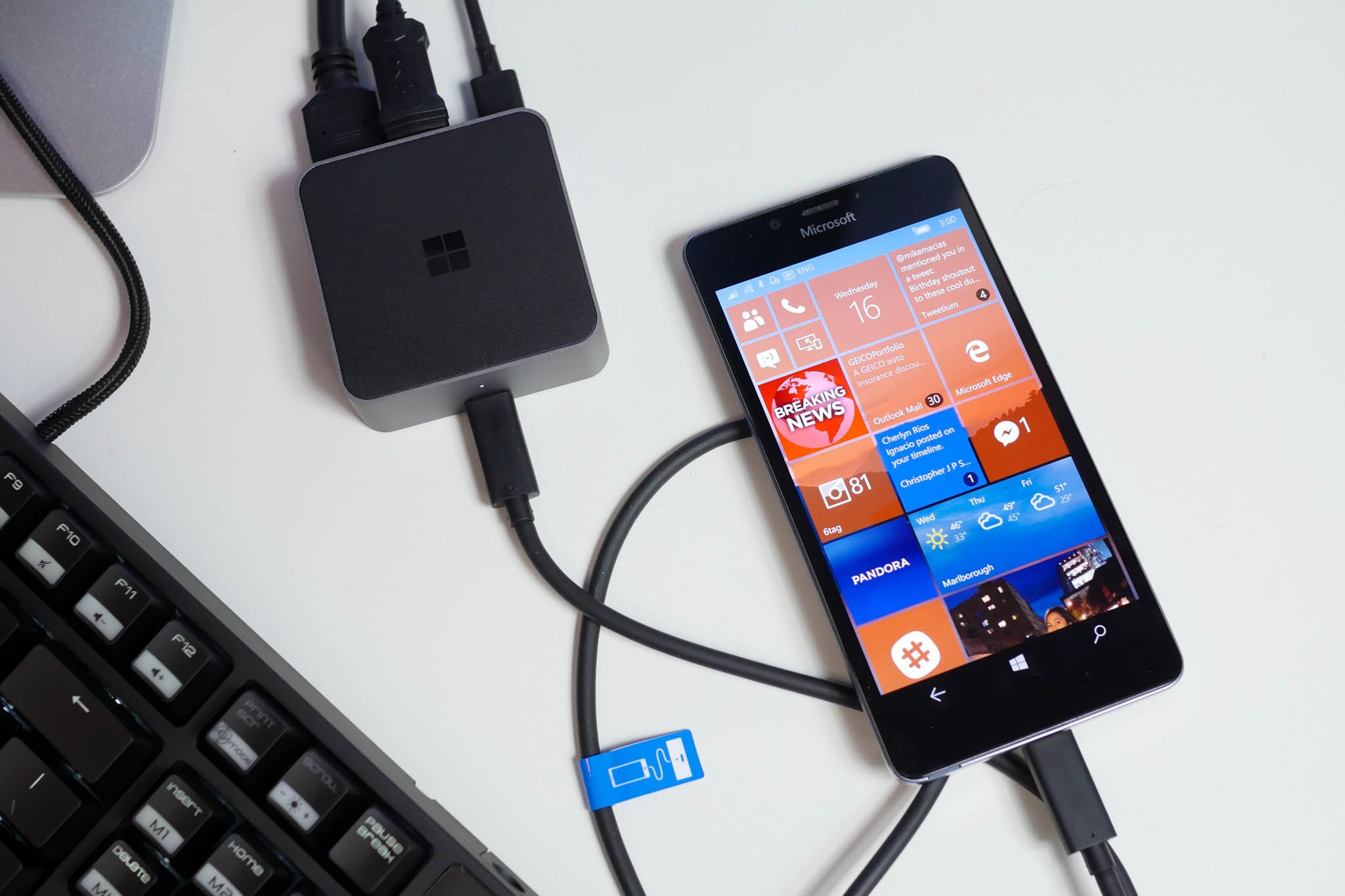
Likewise, HoloLens and app Xbox One UWP app development was also announced completing the 'family' of Windows 10 devices and app development.
Microsoft did not announce anything on mobile at Build...by design
Microsoft did not announce anything on mobile at Build on purpose, not due to lack of interest but by design. All the new bot abilities, AI, and CogSci features for developers, notifications, etc. span across all Windows devices including phone. There is no reason to reason to single out one platform with different abilities as that would undermine the very concept of one OS and OneCore.
Back to the BI interview, Nadella continues about Windows phone and how Microsoft can take on mobile through Continuum:
"But what we get ... I'm not trying to be another phone guy with the other person's rules. What is unique about our phones is this Continuum feature. If anything, we will want to continue to build that capability out."
Continuum is here referring to the ability to be able to plug your phone into a monitor with a mouse and keyboard to simulate a PC experience. HP is taking this metaphor to its logical conclusion for enterprise with the new Elite x3 smartphone and family of display accessories.
All the latest news, reviews, and guides for Windows and Xbox diehards.
Nadella goes on about category-creation and mobile:
"Just like how with Surface we were able to create a category. Three years ago most people would have said, "What is a two-in-one?" And now even Apple has a two-in-one. And so three years from now, I hope that people will look and say, "Oh wow, that's right, this is a phone that can also be a PC."
Finally, expanding upon this notion of your phone as a PC Nadella reiterates an earlier position from December that Continuum will become a defining factor in emerging markets:
"India for sure is a mobile-first country. But I don't think it will be a mobile-only country for all time…As they grow, they will also want computers that grow from their phone. What's the most logical thing? I would claim it's a Continuum phone, which means that it can have other forms of input beyond touch."
The point is an important one but perhaps too forward thinking for consumers who can only envision mobile three to six months out. Clearly, Continuum in its current stage is just the beginning – almost a proof of concept in beta form. However, as Continuum evolves and the price for the hardware required for it drops it will – ideally – become more mainstream.
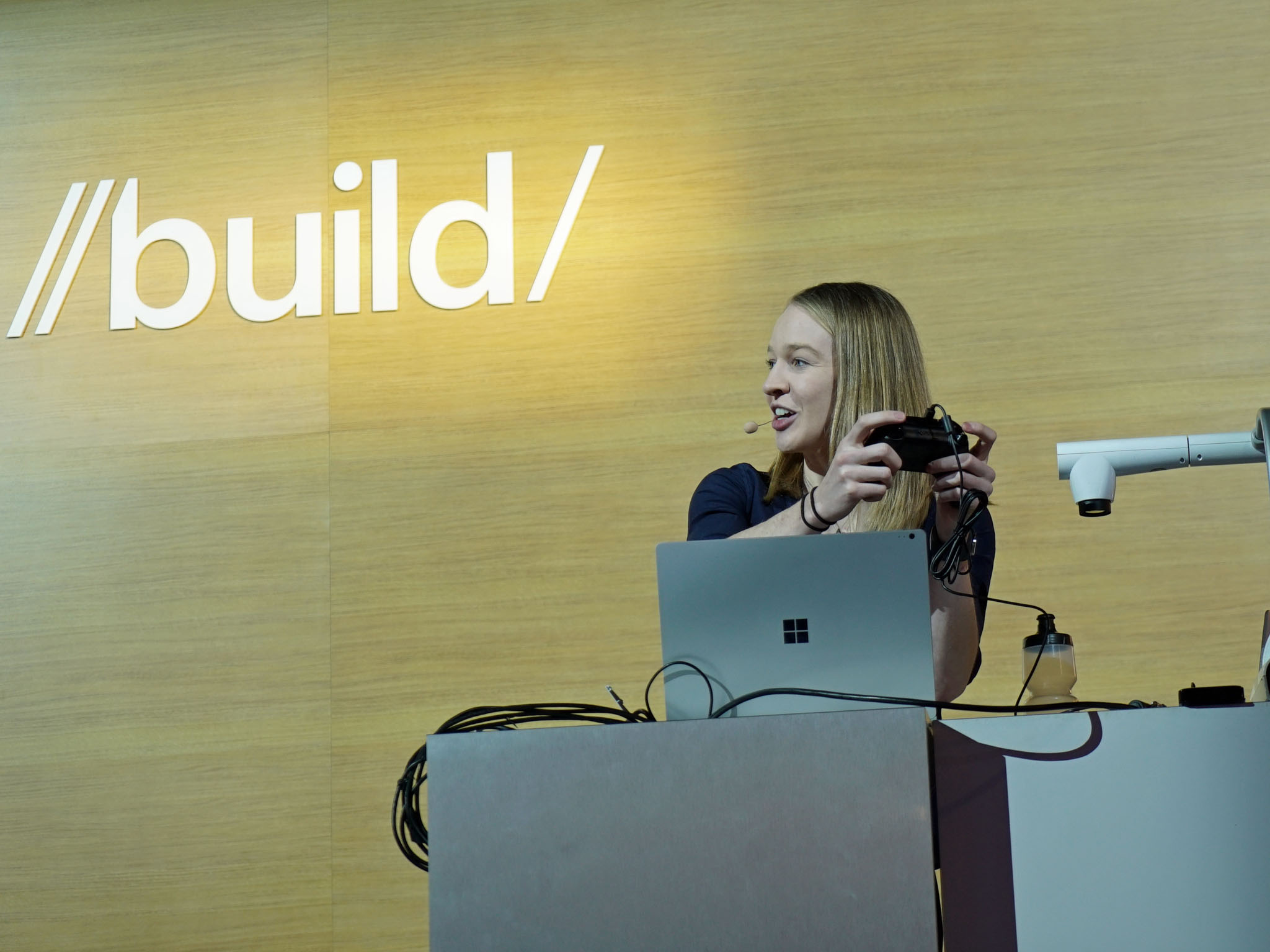
I have raised this question quite a few times (See 'The future of Windows Mobile – Does Microsoft want to reboot the concept of a phone?' for more on that topic), which is what does mobile look like three or five years out? By then, a 'PC in your pocket' seems more attainable. Microsoft is now deploying the infrastructure for it through Centennial, Islandwood, and the recent purchase of Xamarin to give developers the tools they need to make 'One Windows' a reality.
Sure, there are many obstacles still in the way for Microsoft. This Continuum idea is hardly a slam dunk as Apple and Google can indeed pivot and try to catch up if they choose. Currently, Microsoft does not have much faith in its Windows 10 Mobile platform as it currently stands - just a lot of potential - something they are keenly aware of. It is self-evident that the company is holding back on their mobile story until they have all their Bridges, dev tools, flagship hardware and a real story to sell to the masses.
Microsoft now has a real vision for Mobile for the next five to ten years
However, I think it is crucial to point out that Microsoft now has a real vision for Mobile for the next five to ten years. This vision is a significant change from the previous strategy of trying to catch up and compete with the iPhone and Android. That plan failed miserably.
Perhaps the problem now is that consumers and some in the tech media biz are not used to thinking so far ahead of the curve and the long-term implications of these UX choices. Everything is about the 'now' and how you beat Apple and Google with a spec'd out phone and apps and not about getting ahead of where mobile is destined.
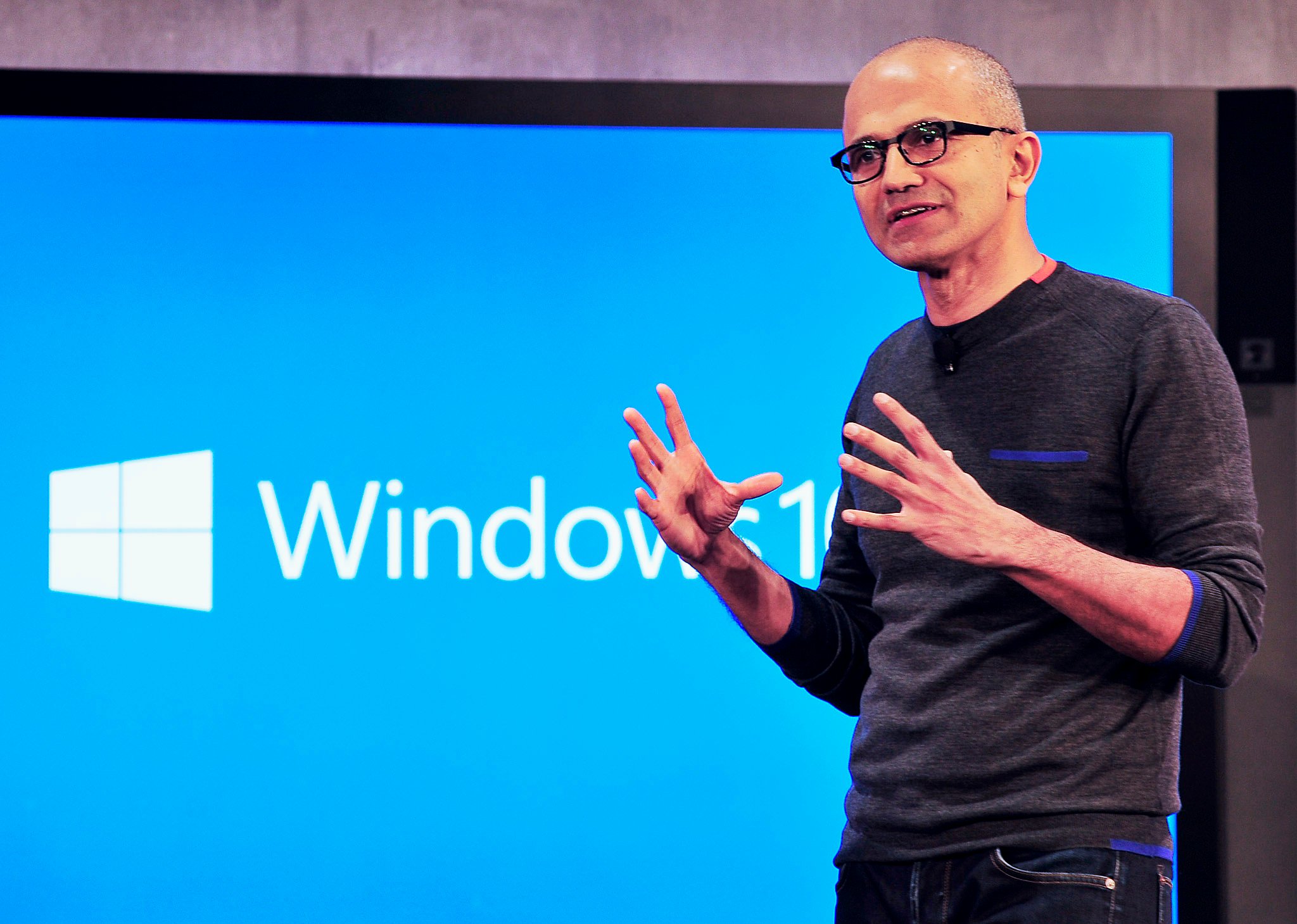
Microsoft made the argument last week that bots, AI, and intelligent services will be the future replacing many 'long-tail' apps i.e. one-off apps for limited services that are rarely used. Combined with Continuum, software Bridges, Xamarin (a "reverse" bridge, if you will) and the constant improvements to Windows 10 through rapid updates and Microsoft finally has a long-term, forward-thinking view of computing.
Whether it is wearables, holographic, tablets, phones, in the living room (Xbox) or PCs you have to appreciate that attempt by Microsoft at doing something bold and different. Whether or not it works is up for debate, but it is an audacious and exciting mission one in which mobile plays an essential part.

Daniel Rubino is the Editor-in-chief of Windows Central. He is also the head reviewer, podcast co-host, and analyst. He has been covering Microsoft since 2007 when this site was called WMExperts (and later Windows Phone Central). His interests include Windows, laptops, next-gen computing, and wearable tech. He has reviewed laptops for over 10 years and is particularly fond of 2-in-1 convertibles, Arm64 processors, new form factors, and thin-and-light PCs. Before all this tech stuff, he worked on a Ph.D. in linguistics, performed polysomnographs in NYC, and was a motion-picture operator for 17 years.
